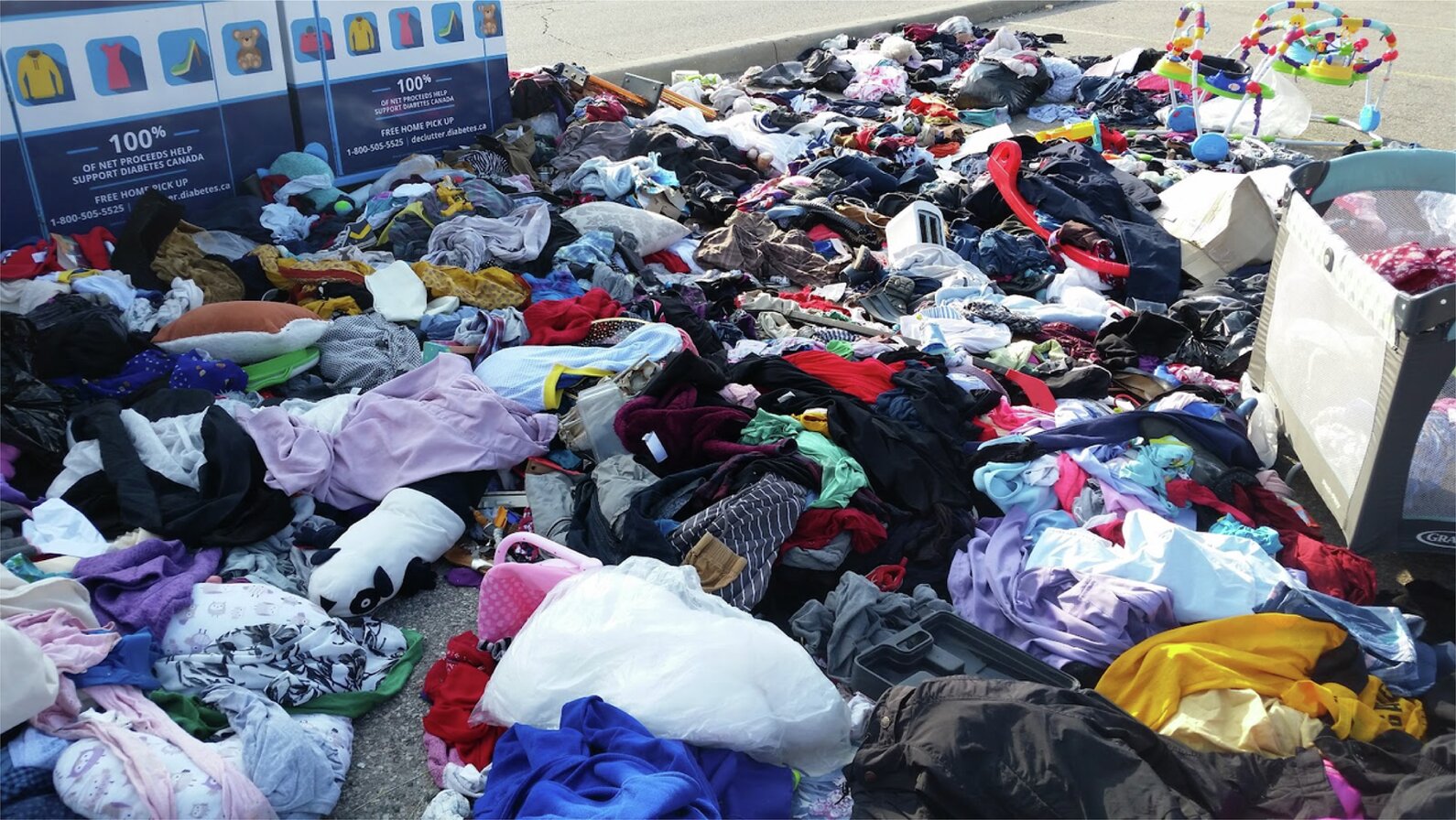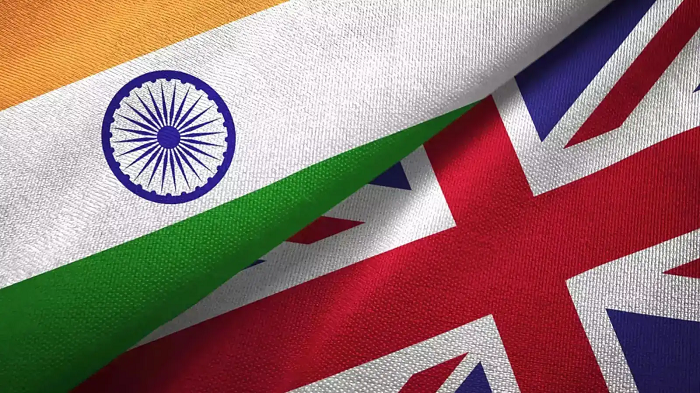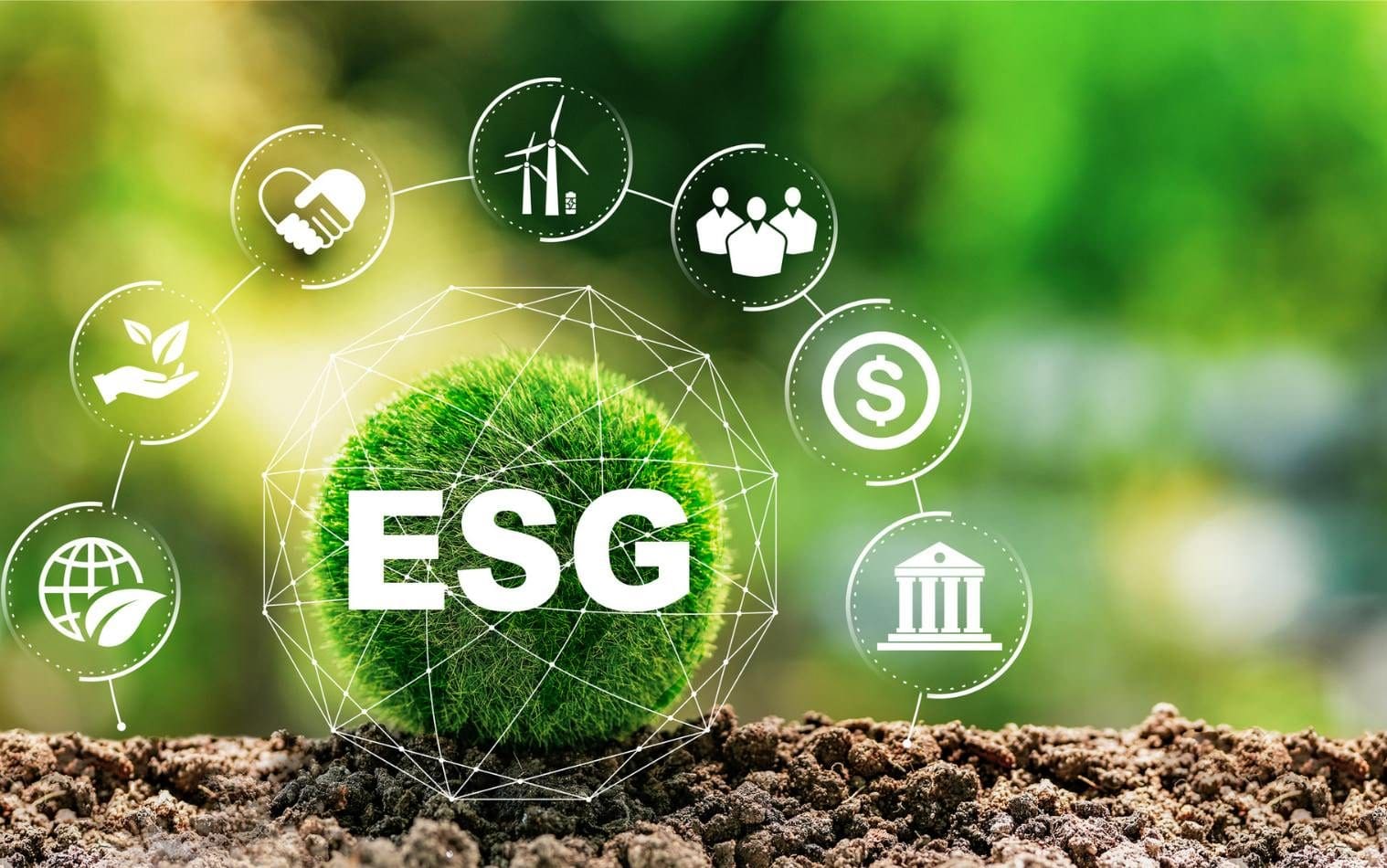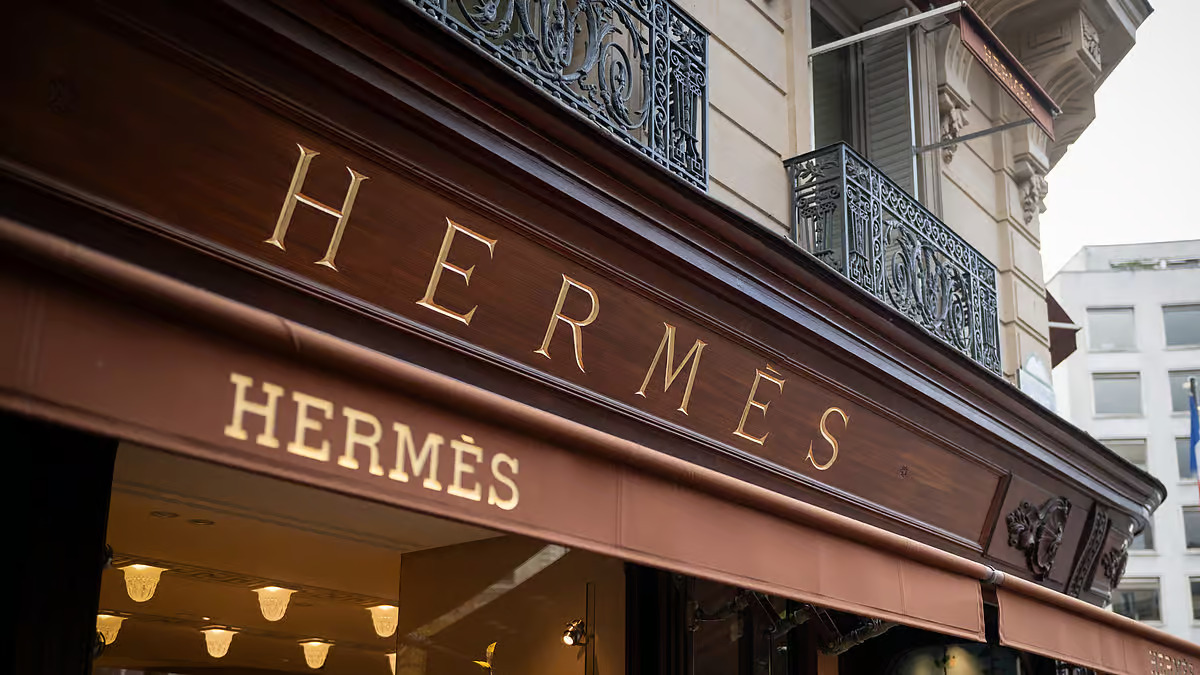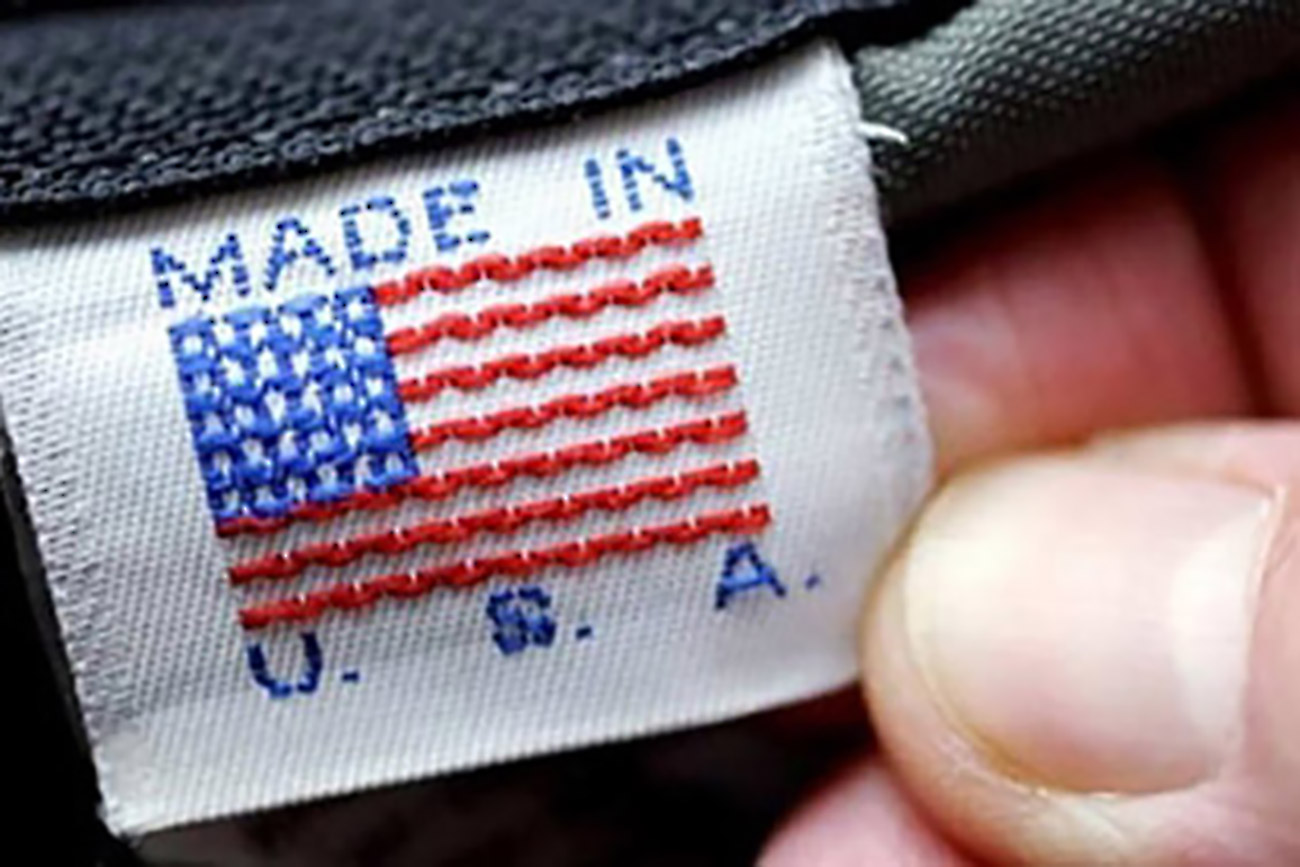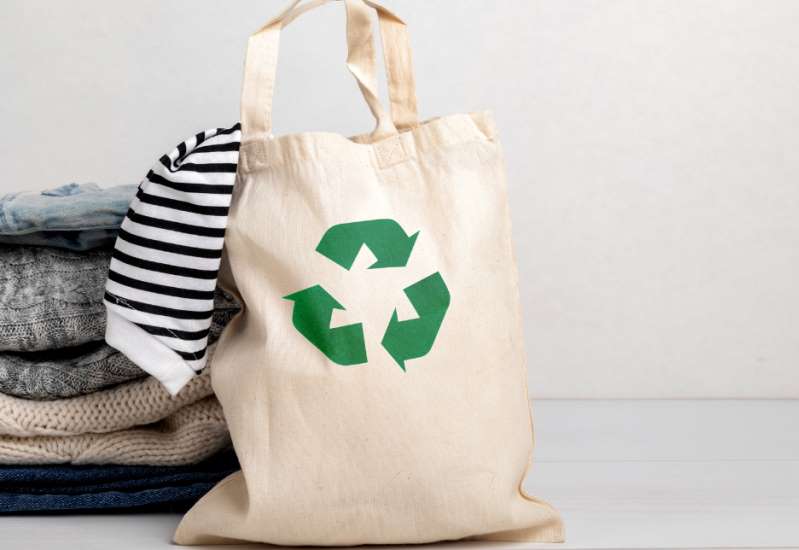FW
Tonrose is introducing the Better Cotton Initiative (BCI) mark to its products. It’s the first time a member who supplies end products to businesses in the service industry has introduced BCI-specific on-product marking and the company is hoping it will help influence other UK and international trade linen brands to also join BCI.
The Tonrose Group is one of Europe’s longest established trade linen companies. Tonrose was the first UK trade linen company to become a member of the Better Cotton Initiative and, as a leading provider to the hospitality sector, it is driving the sector’s agenda on Better Cotton and ethical luxury.
The group owns a growing portfolio of brands including Tonrose (hotel and leisure linen supply), Tradelinens (luxury linen division), Tielle Love Luxury (retail), and Sirona (specialist spa trade business).
Tonrose feels a strong responsibility to ensure it works closely with its supply partners to ensure that ten per cent of its cotton procurement becomes Better Cotton by the end of 2017. As more mills around the world get involved, the company hopes to make this a feature across its entire linen range.
Better Cotton Initiative was established in 2009 to address the most pressing sustainability issues in global cotton cultivation, with an equal focus on environmental, social and economic impact.
The UK male clothing market grew at twice the rate of the women's equivalent last year.The men’s wear market is estimated to have grown by 2.8 per cent in 2016 compared with the 1.3 per cent rise seen in the women’s market.
However the men’s wear sector still only accounts for 27 per cent of the total clothing market, trailing behind women’s wear sales.Young men are more likely than young women to have bought footwear in the last quarter, with the rising popularity of trainers driving men’s footwear sales.
Meanwhile, men aged 25 to 44 have overtaken women of the same age when it comes to buying clothes in the three months to December 2016, at 47 per cent compared to 43 per cent. A 12.3 per cent increase in men’s wear sales has been forecast between 2016 and 2021.
More retailers and brands have been tapping into the growing men’s wear market by expanding their men’s clothing offer as well as launching stores and separate websites dedicated to men's fashion.
Millennial men are also becoming more demanding, wanting higher quality pieces, frequently updated collections and unique designs and they will choose to buy clothes from those retailers and brands that step up to the plate.
Aarvee Denims & Exports reported net loss of Rs 1.30 crore in Q4 March 2017 as against net profit of Rs 3.35 crore in Q4 March 2016. One of its manufacturing units in Ahmedabad has been shut. A closure notice was issued by the Gujarat Pollution Control Board for safety and health concerns. The company plans to re-open the unit after taking remedial measures as directed by the pollution control board. However, Aarvee Denims and Exports’ net sales rose 16.8 per cent in the fourth quarter of March 2017 over the fourth quarter of March 2016.
Aarvee, which opened in 1988, is a leading global player in the textile industry. It is engaged in the manufacturing and selling of denim and non-denim fabrics and garments. It offers denim and non-denim fabrics in various colors such as regular indigo blue, dark indigo blue and sulfur bottom indigo top and in various types of structures, such as 1/1, 2/1, 3/1, broken twills and herringbone. It mainly produces and offers bottom wear jeans, casual trousers and jackets for men, women and children. Products include T-shirts, casual shirts, jeans and winter wear products.
The company has three manufacturing plants located in Ahmedabad. Its offerings include fabrics, garment and retail. Aarvee has a cotton spinning capacity of 34,000 tons per annum, texturizing capacity of 11,200 tons per annum, and fabric capacity of 85 million meters per annum.
Levi’s debuts its fourth Pride collection last week that offers a gender-neutral collection with a “Fight the Stigma” theme.
Launching soon after the company celebrated its partnership with the National Center for Lesbian Rights, the Pride 2017 line stands as a reminder to the world that the company stands with the LGBTQ community. All of the proceeds from the collection will be donated to support work of two of Levi’s LGBTQ partner organizations, the Harvey Milk Foundation and Stonewall Community Foundation.
The line features exclusive T-shirts and tanks with the “Fight the Stigma” call to action of the ’80s and shorts inspired by the AIDS Memorial Quilt with a “Remember Their Names” patch and rainbow tab. Rounding out the collection is a 505 CT denim short with a rainbow shank and tab. Levi’s offers the line across the Americas and Europe now online and in select stores.
With the advent of new technologies in the retail industry a lot of prominent fashion brands are embedding lights in apparel, in order to enhance its look. As consumers around the world are taking conscious efforts to implement a healthier lifestyle, retailers are extending the technology of embedding smart sensors to active wear as well. Lighting apparel is made by a special kind of fabric stitched with light emitting devices, such as LEDs.
Companies are focusing on introducing interesting innovations in lighting apparel, such as interactive garments, to attract potential customers and these apparel embedded with lights can be charged using a USB charger. Convergence of smart sensors with lighting apparel could pose as an opportunity for this market. The concept of lighting apparel and fabric was initially introduced for consumers working in hazard prone environment such as mining and construction sites. At first, reflective fabric, which uses the phenomenon of light reflection to enhance the contrast of the clothing, was used.
Fashion brands established a new trend by introducing the idea of lighting apparel and fabric, which has become popular among celebrities. On the other hand due to the healthier lifestyle adopted by the consumers has led to introduction of lighting active wear apparel.Active wearable lighting apparel and fabric market in regions like Asia Pacific and Middle East and Africa is expected to witness a significant growth because of increasing urbanization in these regions.
Active wearable lighting apparel and fabric market can be segmented on the basis of type of apparel, type of lighting, vertical and region. Upper garments will include jackets, t-shirts, shirts and others. Whereas, lower garments can be segmented into leggings, track pants and others. By type of lighting, market can be segmented into reflective fabric, sensor embedded fabric and others. On the basis of vertical, active wearable lighting apparel and fabric market can be segmented into sports, fashion, industrial and others.
Owing to the presence of established fashion brands selling lighting apparel such as CuteCircuit, Western Europe active wearable lighting apparel and fabric market is expected to grow at a significant rate
Christian Duyckaerts is now the president of Fespa.He joined the board of Fespa in 2002, representing the Belgian printing trade association Febelgra, where he presides over the screen and digital workgroup. He is also managing director and founder of Retail Communicators, a visual communications specialist delivering brand retail solutions from concept and print to installation for many international household brands.
Christian was previously CEO and co-owner of two of the largest POS and outdoor print production companies in Belgium, Print & Display and GSI Printing. He started his print career at Hamiscreen after completing his graphic technology studies at TSM and the HIGRO school.
His challenge is to prepare Fespa for 2020 and beyond, to exploit the area of digital transformation where the industry is facing many opportunities, not just with web-to-print but also with omni channel solutions and many areas of customisation.
Fespa is the leading European exhibition for textile printing, where vendors offer new textile printing solutions. Printers and sign makers attend. Visitors have access to a comprehensive line-up of suppliers of technology, materials for printing and sign-making, consumables and accessories.
The expo is a forum for meeting customers face-to-face, making concrete sales and developing business pipelines. Printers from all parts of the world attend but particularly from Europe and the Middle East.
Alexandre Bompard is chairman and chief executive officer of Carrefour.
Carrefour, based in France, is one of the world’s leading retailers, the second largest retailer in the world and the largest in Europe. The group now features four major grocery retail formats: hypermarkets, supermarkets, cash & carry and convenience stores.
The group now operates on three major markets: Europe, Latin America and Asia. With a presence in more than 30 countries, it generates more than 55 per cent of its sales outside France. With over 9900 company-owned and franchise stores, Carrefour gives priority to local supply chains. So 75 per cent of all its food products come from local suppliers in the countries in which it operates.
The chain is often the premier private employer in the countries in which it operates. This is obviously the case in France but it also holds true in countries such as Brazil, Argentina and Italy.
"Employing over 556,000 people, the UK textile industry is going to be impacted by Brexit. British manufacturers create products worth £9 billion a year, from Savile Row suits to highly technical fabrics used in sectors such as aerospace, the medical and the military. Falling value of Sterling has increased import prices of yarn and thread by 12 per cent since the EU referendum, while finished clothes are around 15 per cent more expensive to import than they were last summer."

Employing over 556,000 people, the UK textile industry is going to be impacted by Brexit. British manufacturers create products worth £9 billion a year, from Savile Row suits to highly technical fabrics used in sectors such as aerospace, the medical and the military. Falling value of Sterling has increased import prices of yarn and thread by 12 per cent since the EU referendum, while finished clothes are around 15 per cent more expensive to import than they were last summer. This is squeezing the UK fashion industry and clothing retailers, with costs expected to be passed on to consumers in coming months. There is also a fear of British brands becoming uncompetitive in the light of gloomy political scenario.
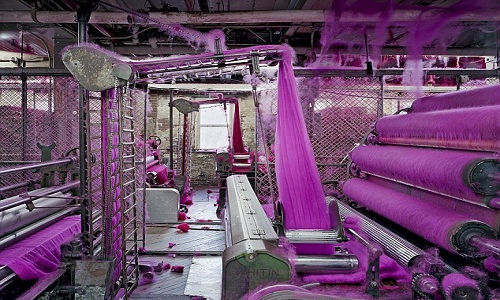
Liberal Democrat Europe Spokesman Nick Clegg point out fashion and textiles industry, like so many parts of the economy, finds itself unable to plan for the future as a result of Theresa May’s self-destructive decision to leave the single market. It is only a matter of time before these increased costs are passed on to consumers. The Brexit squeeze on this sector of our economy is going to felt on everything from suits to duvets.
A reality check
In areas such as London where there are 13,650 manufacturing employees, making clothing for both the high-end and the high street, it has been estimated that 70 per cent of the workforce is from the EU. Free movement of goods across the EU is also vital to maintain competitiveness. A typical garment will have fabric sourced from a EU country, hardware from another, all shipped to another country to be manufactured and then back to the UK to be warehoused and shipped worldwide. Taking the UK out of the single market and customs union could see more goods created in the EU, warehoused in the EU and shipped from the EU, which in turn could see more offices established in the EU and jobs created in the EU.
Sustainable Apparel Forum (SAF) was held in Bangladesh, May 17 and 18. It was the first ever symposium devoted to the transfer of knowledge and networking around the topic of sustainability in the textile industry.
It shared information on sustainability issues in the apparel industry. SAF wanted to accelerate the momentum within the industry through education, awareness and reducing the knowledge gap.
Over 30 national and international speakers discussed about various issues such as saving water, resources and costs, energy efficiency, optimising energy consumption and reducing costs, green factories and sustainable financing.
The objective of the sessions was facilitating a meaningful exchange of knowledge to make sustainability easier to be exercised by factories and individuals.
The sessions were devised to discussing practical aspects of the daily operations at factories, rather than general discussions, to take Bangladesh a step forward as a responsible sourcing destination in the global map.
There are already 67 LEED (Leadership in Energy and Environmental Design) certified green garment factories in Bangladesh while 222 more are in the offing.
Globally renowned experts spoke on apparel sustainability issues based on the needs of business and customers' expectations and provided hands-on training, pragmatic knowledge and professional skills through specialised workshops.
Textiles India will be held in Gandhi Nagar, Gujarat, June 30 to July 2, 2017.The exhibition will showcase India’s strength in the textile and apparel value chain from fiber to fashion. Manufacturers, exporters and other stakeholders from the textile industry will exhibit their products to international buyers who are expected from at least 60 countries.
The event is expected to have 1000 exhibitors and 2500 invited buyers from overseas. Around 30 countries are likely to display their products. Seven international conferences, 24 round-table conferences, country and state sessions, business to business, business to government and government to government meetings will be held during the exhibition.
There will be round-table conferences, fashion shows, and theme pavilions of partner states Assam, Andhra Pradesh, Jharkhand and Maharashtra with a focus on Gujarat.
The three day event will include a global conference on the last day with six themes. Over 33 round tables will be held on issues of concern for the various segments of textiles and handicrafts with prominent international speakers and industry leaders.
The event will provide a platform for b2b interactions and for exploring investments and technological set-ups across various segments in the textile value chain. The event is a Government of India initiative and is going to be inaugurated by prime minister Narendra Modi
India’s textile sector is a major contributor to overall industrial production, exports and employment. The textile sector is also rising on the new digital wave with players vying with each other to grab a higher share of online fashion.


